





Orthodontist
The orthodontist – the doctor studying an etiology, diagnosis, treatment and prevention of dentoalveolar anomalies.
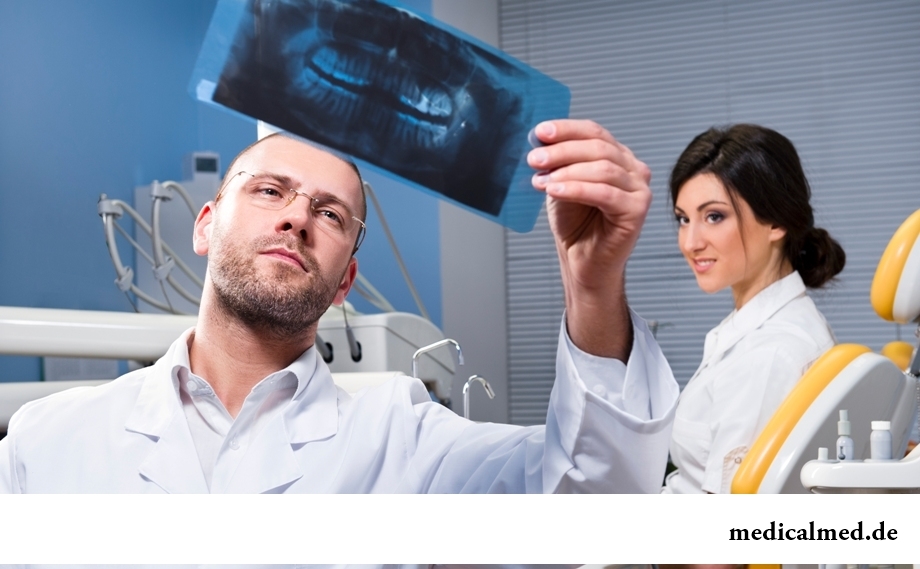
History of development of orthodontics
Though the first references of need of correction of position of teeth can be found even in Hippocrates's works, formation of orthodontics began only in the 19th century.
The first works describing classification of disturbances of a bite were written at the end of the 19th century, and at the beginning of the 20th century there was the first association of stomatologists which developed afterwards into the American association of orthodontists.
The peak of development of orthodontics occurred in the thirties last century when dental intervention began to be carried out not only on medical, but also according to esthetic indications. In the next years efforts of orthodontists were directed to creation of the adjusting devices having at the same time effective and most imperceptible qualities.
Dentoalveolar anomalies which the orthodontist treats
The beautiful smile is an integral part of life on which depend both professional, and personal success of any person. Dentoalveolar anomalies which are shown as uneven teeth and malocclusion often become the reason of various psychological problems and promote development of various complexes.
For modern orthodontics there are no age limits today, and success of treatment depends both on qualification of the orthodontist, and on the level of equipment of clinic.
Dentoalveolar anomalies on time of emergence can be divided on:
- The anomalies arising after the child's birth;
- Inborn among which there is an irregular shape of both milk, and second teeth, crevices of upper and lower lips, a full or partial edentia;
- Hereditary to which accessory teeth, a diastem, a deep, distal, mesial bite and an edentia belong.
Besides, orthodontists divide dentoalveolar anomalies into anomalies:
- Separate teeth that is connected with their form, size, situation and structure of solid fabrics;
- Dentitions that is characterized by narrowing, expansion, lengthening or shortening of tooth arches;
- Bite which happens distal, mesial, deep, cross or open.
Methods of treatment of the orthodontist
Treatment of dentoalveolar anomalies consists of two stages:
- Active during which the orthodontist directly eliminates anomaly;
- Retentsionny during whom there is a fixing of the received result after removal of devices.
Professionalism of the orthodontist consists not only in skill of treatment of dentoalveolar anomalies, but also in ability to watch that devices did not lead to damage of an adamantine substance of tooth with all that it implies for health of teeth. For this purpose it is necessary to consider precisely the correct operating force of devices and in time to make their replacement.
Main orthodontic devices
The devices used by orthodontists to the medical and esthetic purposes happen:
- By the principle of action – functional acting, mechanical, functional directing and the combined action;
- On a way and the scene of action – one-maxillary, two-maxillary, combined and extraoral;
- On a way of fixing – fixed, removable, combined;
- By the form designs – plastinochny, kappovy, arc, block, frame and elastic.
Children's orthodontics
It is considered the most effective treatments at early age. The children's orthodontist adjusting the child's bite due to elasticity of fabrics and rapid growth of bone structures can effectively influence interposition of separate teeth and dentitions that brings results in short terms.
Correction of a bite at early age by the children's orthodontist will allow to avoid in the future emergence of a number of problems, such as:
- Disturbance of ability to chewing that has an adverse effect on digestion and can lead to a serious illness afterwards;
- Injury of teeth that promotes decrease in body resistance of the child in general;
- Development of caries owing to impossibility to carry out careful hygiene of an oral cavity and bystry erasability of enamel of teeth;
- Formation of dental calculi and the wrong dentogingival pockets that is one of the reasons of an inflammation of gums and a periodontal disease.
The children's orthodontist adjusts only the anomalies of development arising when forming chewing organs of articulation while the orthopedic stomatology eliminates the deformations received because of diseases or injuries.
According to orthodontists are the main reasons for development of malocclusion in children:
- Hereditary reasons and disturbance of terms of eruption and dedentition;
- Artificial feeding;
- Some diseases of an oral cavity;
- Preference in a food allowance of soft food instead of dense;
- Some addictions among which there is suction of a finger, biting of lips and cheeks;
- Habit to sleep in an invariable pose.
Statistically only 30% of similar disturbances are the share of the hereditary reasons. High prevalence of dentoalveolar anomalies at children according to responses of orthodontists, and also complexity of their correction at low stability of results of orthodontic treatment does necessary early diagnosis and treatment of disturbances of a bite.
According to orthodontists to begin to be observed at the stomatologist it is necessary as soon as possible – from two-year age of the child. At this time already the temporary bite arises, and easier and less painful to correct it before it begins to influence muscle work and new teeth.
How to receive the orthodontist's profession
Today the profession of the orthodontist is quite demanded and highly paid. To become the orthodontist it is necessary to graduate from dental faculty of medical school and to study an internship in orthodontics.
According to opinion of many scientists, vitamin complexes are almost useless for the person.

Each person supports all life a SARS about 200 times. The peak of incidence falls on cold season, but to get sick from temperatures...
Section: Articles about health
Childbirth is the most important event in life of each woman. We are women we give birth to the new little man on this light. Now the tendency to that was outlined, as men want to participate in labor too. But there is a question and whether it is worth allowing the husband...
Section: Articles about health
Zone hypostases under eyes - very widespread problem giving to people is a lot of inconvenience. Hypodermic fabric in these parts has very loose structure and almost does not contain collagenic fibers. Besides, the skin covering подглазья constantly is exposed to compression and stretching when the person blinks, blinks, etc. These features also create premises for emergence of the so-called bags which are giving to the face a tired and sickly look, and also visually adding increased...
Section: Articles about health
About influence of fasting days on an organism it is told much – both about advantages, and about shortcomings. It is considered that fasting day...
Section: Articles about health
The winter swimming in open reservoirs called in our country by "winter swimming" – officially recognized sport and one of the most extreme ways of a hardening of an organism. This occupation has an old story and adherents in many countries. Are annually carried out...
Section: Articles about health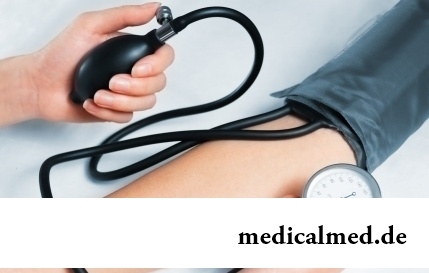
Stroke (acute disorder of cerebral circulation) – one of the most widespread neurologic diseases. Annually in the world more than 6 million people die of this illness. From the survived patients about 80% become disabled people, and nearly a third from them needs afterwards permanent care. In fact, the stroke creates a situation at which a part of cells of a brain loses blood access, loses an opportunity to receive oxygen and nutrients, and perishes. As a result of a razviv...
Section: Articles about health
The metabolism at each person proceeds in own way. However dependence between the speed of this process and disposal from superfluous in...
Section: Articles about health
The depression not without reason is considered one their main troubles of our century: for scientific and technical progress, acceleration of rate of life and a surplus of information of people it is forced to pay with stresses, negative emotions and weakening of protective forces of an organism. As a result ш...
Section: Articles about health
Cold – a state known to everyone which is followed by cold, cough, high temperature, a pharyngalgia. Often the first that we begin to do in hope again to become healthy – to accept medicines which are not always harmless whereas it is easy to facilitate displays of a disease by means of natural means. They not only softly eliminate disease symptoms, but also enrich the weakened organism with useful substances. We present you 8 drinks which are successfully used for...
Section: Articles about health
Feeding by a breast - the integral part of ideal motherhood allowing to come into contact with the kid and to create since early years...
Section: Articles about health
Smoking not only exerts a negative impact on the state of health of the consumer of tobacco products, but is an air polluter the substances potentially dangerous to people around. In recent years significantly the number of people, стремящ increased...
Section: Articles about health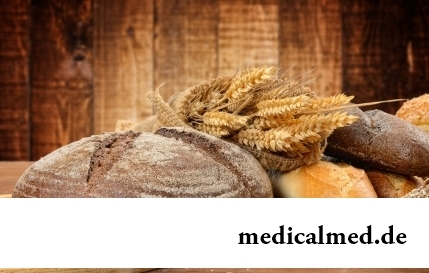
There is an opinion that at low temperatures safety of products is ensured longer and better thanks to what the refrigerator is considered the most suitable place for storage of food. In most cases it is fair, however there is a number of products for which low temperatures – the main reason of their premature damage. Storage in the refrigerator leads to their bystry rotting, emergence of a mold, is followed by loss of vitamins and tastes. What products it is better to remove...
Section: Articles about health
Partial and the more so full loss of hearing significantly reduces quality of life. Difficulties with communication lead to loneliness and замкн...
Section: Articles about health
Life activity of one-celled fungi of the sort Candida, related to yeast is a proximate cause of development of candidiasis (milkwoman). Normal these microorganisms are a part of the microflora living in an oral cavity and intestines of most of people, and that...
Section: Articles about health
Color of plants is caused by presence at them of certain chemical compounds. Let's talk about what is meant by various colors of vegetables and fruit and what properties they give them....
Section: Articles about health
Long time antibiotics were considered as a panacea from all diseases and were appointed even at insignificant symptoms of an infection. Even now...
Section: Articles about health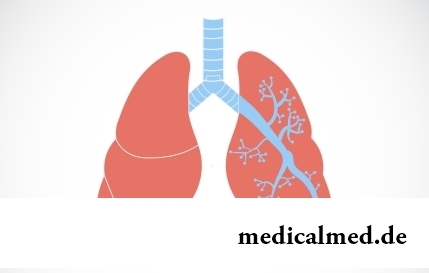
They say that to ensure health and longevity of people it is obliged. Really, at competent approach to these questions, minimization of an adverse effect of many factors does not represent a special problem. Practically everyone has an opportunity to play sports...
Section: Articles about health
Weakness of an ankle joint – very widespread problem. Its existence is demonstrated by tendency to a podvorachivaniye of legs when walking on heels, frequent painful sprains, pain on average and anonymous toes even after small loadings. Usually people with such pathology take off unpleasant effects by means of the anesthetizing pulverizing and ointments, but it does not lead to radical elimination of a problem. Meanwhile, at the known persistence it is possible to strengthen an ankle to the house...
Section: Articles about health
The sclera and mucous membrane of an eye are intensively supplied with blood vessels which problem - to sate nervous tissues of body to a pitata...
Section: Articles about health
For the city dweller the fitness is the most convenient sport. It is enough to acquire the subscription to the gym to get access to various apparatuses and an opportunity to train under the leadership of the experienced consultant. Many consider fitness on...
Section: Articles about health
The stroke is one of the most widespread diseases of the person, annually in the world about 6 million cases of this pathology are registered. According to medical statistics, strokes occur almost three times more often than myocardial infarctions. The disease belongs to heavy, and has an unfavourable result: the lethality reaches 40% among women and 25% among men. A considerable part of the patients who endured a stroke cannot be recovered completely. We suggest readers to examine...
Section: Articles about health
What is in our understanding weeds? It plants which are considered to be suitable only for compost pits and feeding жи...
Section: Articles about health
No, probably, the person who would not have cold. Cold, cough, a headache – these symptoms are known to everyone. The peak of catarrhal diseases is the share of fall. SARS already came to schools and kindergartens, flu slowly makes the way to the cities, in a word, з...
Section: Articles about health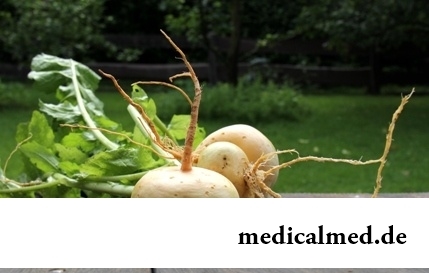
Turnip, radish, horse-radish – once these and other products enjoyed wide popularity at our ancestors, being not only the food sating an organism but also the medicines curing of many diseases. Unfortunately, the use of some of them got out of fashion long ago, and once favourite plants and vegetables almost ceased to make a contribution to human health. Inclusion of such products in a modern diet − an effective measure of prevention and treatment of diseases which seldom suffered...
Section: Articles about health
About 20% of the population of our planet have a hypertension (permanent increase in arterial pressure). This disease negatively narrations...
Section: Articles about health
Eyes – unique body on the structure thanks to which the person obtains about 80% of information on the world around: about a form, color, size, the movement, and also many other parameters of objects or phenomena. But whether much we know about the most valuable body...
Section: Articles about health
The fatigue, sleep debt, disturbances of food, bad mood, vagaries of the weather – all these circumstances badly affect our appearance. Especially the person suffers: skin becomes flabby, loses healthy color, becomes covered by wrinkles, zones of hypostases and dark circles under eyes appear. It is not always possible to be saved from influence of aggressive factors, but we are quite able to minimize its effects. For this purpose usually apply the cosmetics and procedures helping увлаж...
Section: Articles about health
